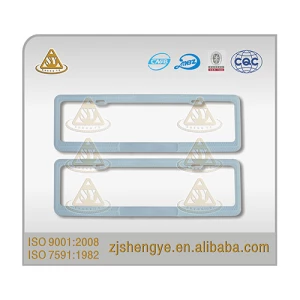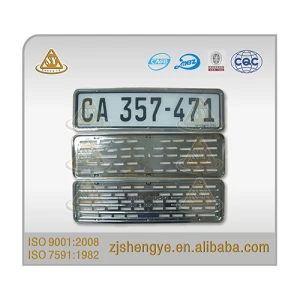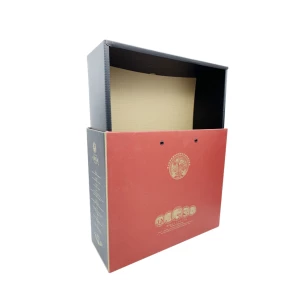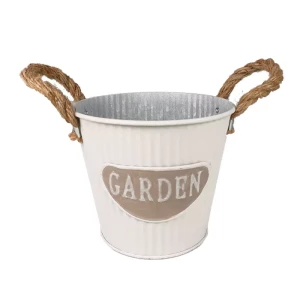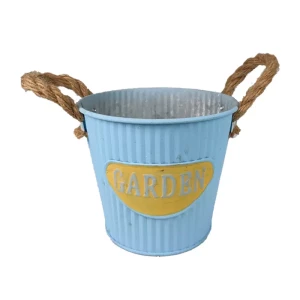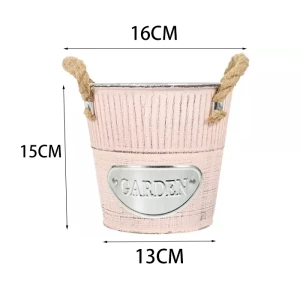Rope Buying Guide: Types, Uses, and How to Source from China
Ropes are essential tools in various industries, from construction to marine applications. Whether you're looking for durable synthetic ropes or traditional natural fiber options, understanding the different types and their uses can help you make an informed decision. This guide will walk you through the key aspects of ropes, including how to source them from reliable manufacturers in China.
How to Find Reliable Rope from China in 2025
Sourcing ropes from China can be cost-effective, but it's crucial to find trustworthy suppliers. Look for manufacturers with certifications like ISO 9001 and positive customer reviews. Platforms like Alibaba and Made-in-China are great places to start. Always request samples to test quality before placing bulk orders.
What Buyers Should Know Before Buying Rope from China
Before purchasing, consider factors like material, load capacity, and environmental resistance. Communicate clearly with suppliers about your requirements and ask for detailed product specifications. Be aware of shipping costs and lead times, as these can impact your overall budget.
Types of Rope
Ropes come in various materials, each suited for specific applications:
- Nylon Rope: High strength and elasticity, ideal for towing and marine use.
- Polyester Rope: Resistant to UV rays and abrasion, perfect for outdoor applications.
- Polypropylene Rope: Lightweight and floats on water, commonly used in marine environments.
- Natural Fiber Rope: Made from materials like hemp or cotton, often used for decorative purposes.
Functions and features of Rope
Ropes serve multiple functions, including lifting, tying, and securing loads. Key features to look for include tensile strength, flexibility, and resistance to environmental factors like moisture and UV rays. High-quality ropes often have a braided or twisted construction for added durability.
Scenarios of Rope
Ropes are used in various scenarios, such as:
- Construction: For lifting heavy materials and securing scaffolding.
- Marine: For mooring boats and fishing.
- Agriculture: For tying livestock and bundling crops.
- Recreational: For climbing, camping, and sports.
How to Choose Rope
When selecting a rope, consider the following:
- Purpose: Determine the primary use to choose the right material and strength.
- Environment: Consider factors like exposure to water, UV rays, or chemicals.
- Load Capacity: Ensure the rope can handle the weight it will bear.
- Diameter and Length: Choose dimensions that suit your specific needs.
Rope Q & A
Q: What is the strongest type of rope?
A: Nylon ropes are known for their high tensile strength and elasticity, making them one of the strongest options.
Q: How do I maintain my rope?
A: Store ropes in a dry, cool place away from direct sunlight. Regularly inspect for wear and tear.
Q: Can ropes be recycled?
A: Yes, synthetic ropes like polypropylene can be recycled, while natural fiber ropes are biodegradable.
Q: What rope is best for marine use?
A: Polyester and polypropylene ropes are excellent for marine environments due to their resistance to water and UV rays.
Q: How do I know if a rope is safe for climbing?
A: Look for ropes certified by organizations like UIAA or CE, which meet safety standards for climbing.




